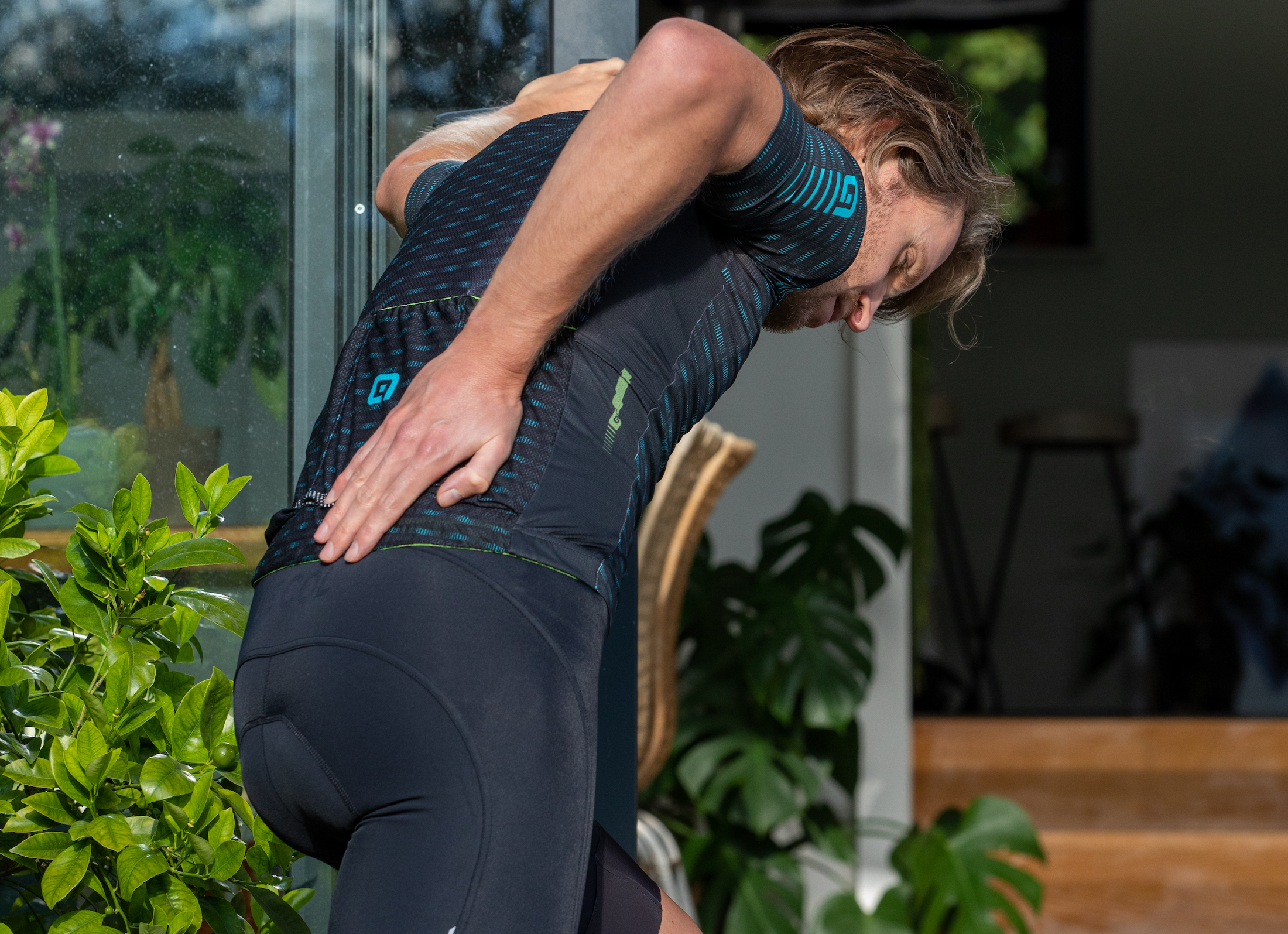
We've all put an ice pack - or packet of frozen peas - on a bumped head, and anyone who has completed a first aid course will have heard of the acronym ICE; meaning ice, constrict and elevate, but what about heat packs. And what about treating an injury by alternating hot and cold?
We spoke to Dan Guillemette, specialist cycling physiotherapist at Marylebone Health and head physiotherapist at Jayco Alula. Guillemette has overseen injury management Tour de France winners, and Olympic champions.
Should I choose ice or heat?
Yes, generally, ice should be used in the first 24-72 hours after a soft- tissue injury, when the aim is to minimise the effects of swelling and inflammation. It also provides some pain relief. The application of heat tends to be preferred for a chronic injury, or when the complaint is due to joint stiffness or a muscle spasm.
What physiological effects do ice and heat have on the body
The pain gate theory describes how ice and heat produce sensory stimulation that relieves pain by competing with its pathways in the nervous system. Essentially, when you experience pain - for example, banging your elbow - rubbing the area can reduce discomfort by sending competing signals to the brain. Similarly, applying ice or heat can provide pain relief by interfering with pain pathways. The effectiveness of each depends on when they are used after an injury.

How important is the timing?
Very. In the early stages, ice helps minimise swelling by numbing the site of injury and reducing blood flow by constricting the blood vessels. Ice is therefore widely used as an immediate treatment to stem the flow and provide short-term relief. It's also a more convenient immediate treatment. In the longer term, applying heat to an area is very effective for dealing with pain associated with chronic injuries, such as muscle spasm and joint stiffness, as it encourages blood flow and decreases muscle stiffness, promoting relaxation. It also reduces the pain signals associated with joint stiffness.
How long should each treatment be applied for?
In the first 24-72 hours after a soft-tissue injury, ice can be applied for 15-20 minutes maximum, repeated every couple of hours. 15 If you are using an ice pack, you should avoid direct contact with the skin, to avoid ice burn. 16 Heat should be applied twice or three times daily for 15-30 minutes. 17 You can use a heat pad or even just a simple hot water bottle but it is important to wrap it in a towel or something protective so that you do not burn the skin. 18 Heat should be avoided on acute swelling for 48-72 hours post-injury, when the aim is to reduce the amount of blood flow to the area and minimise swelling.
Is there good evidence for the effectiveness of heat and ice?
Both treatments can play an important role, though there is limited clinical evidence as to the long-term benefits of ice. 21 Though ice can be an effective immediate treatment and remains the go-to choice for an acute injury, the evidence is conflicting. 22 Thus, ice should be used sparingly and only for the short term. 23 This is because it can blunt the signal sent by the natural inflammatory process that kickstarts tissue repair, thereby delaying the healing process. 24

Are there any important precautions?
For those with open wounds, ill health, circulation issues or any nerve-related altered sensations, ice and heat may not be suitable. 26 Also, individuals with underlying health and circulation issues, such as diabetes, Raynaud's disease or peripheral vascular conditions should take extra care, as impaired circulation can affect the body's ability to regulate temperature and heal properly.
Hot and cold treatment options
- Contrast therapy: Alternating between heat and ice can be an effective way of dealing with some chronic muscle injuries
- NSAIDs: Topical non-steroidal anti- inflammatories such as BioFreeze and Voltaren can help reduce inflammation and provide temporary pain relief.
- Gels and sprays: Options like Deep Freeze gel/spray or Physicool can help numb pain and reduce swelling.
- Heat patches & balms: Deep Heat Patches, Tiger Balm, and Voltarol heat patches can help relax stiff muscles and improve blood flow.
- Epsom salts & magnesium sprays: Soaking in an Epsom salt bath or using magnesium sprays may help ease muscle tension and cramping.
- Arnica creams & gels: Natural anti- inflammatory creams such as Arnica gels can support bruise healing and pain relief.







